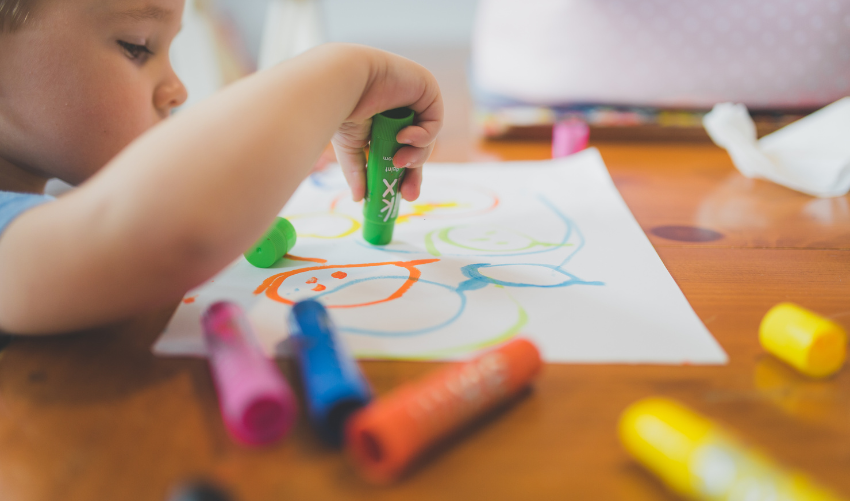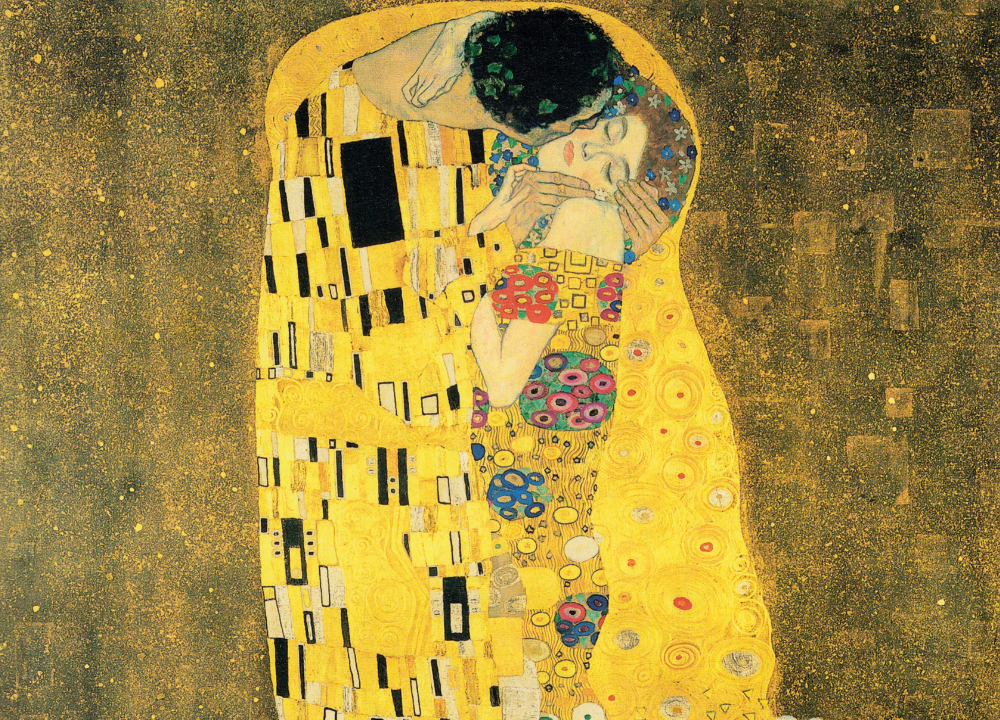This article will explore how drawing not only nurtures creativity but also supports essential learning skills. You’ll discover easy ways to encourage your child’s artistic side and the benefits that come along with it.
Benefits Of Drawing
Drawing is more than just fun for kids. It plays an important role in their learning and creativity. Through drawing, children express their thoughts and feelings. They explore their imagination and develop new skills.
Drawing provides many advantages for children. These benefits can help them in various ways. Here are some key benefits:
- Enhances Fine Motor Skills: Drawing helps kids improve hand-eye coordination.
- Boosts Creativity: Children can express their ideas freely through art.
- Improves Focus: Concentrating on drawing helps kids stay focused on tasks.
- Encourages Emotional Expression: Drawing allows children to express feelings they may not share verbally.
- Builds Confidence: Completing a drawing gives kids a sense of achievement.
Fine motor skills are crucial for daily tasks. Drawing strengthens hand muscles. Kids learn to control their movements better. This skill helps in writing, typing, and other activities.
Cognitive Development
Drawing helps them understand the world around them. It sparks creativity and critical thinking. Kids learn to express their thoughts and feelings through images. This process is essential for their growth.
Enhances Problem-solving Skills
Drawing encourages kids to think critically. As they create, they face challenges. They must decide how to represent their ideas visually. This process improves their problem-solving skills. Here are some ways drawing helps:
- Visual Thinking: Kids learn to visualize problems and solutions.
- Trial and Error: They understand that mistakes are part of learning.
- Creativity: Drawing lets them explore different ideas and approaches.
Consider this table highlighting how drawing aids problem-solving:
| Skill | How Drawing Helps |
|---|---|
| Analytical Thinking | Kids analyze shapes, lines, and colors to create their drawings. |
| Decision Making | They make choices about what to include in their artwork. |
| Flexibility | They learn to adapt their ideas if things don’t go as planned. |
This creative process nurtures better decision-making. It prepares kids for real-life challenges. Drawing makes them confident problem solvers.

Boosts Memory Retention
Drawing also helps improve memory. Children remember things better when they draw them. This action reinforces learning. It connects visual images with concepts. Here are some key points about how drawing boosts memory:
- Visual Association: Images help kids recall information more easily.
- Repetition: Drawing the same object strengthens memory.
- Engagement: Active participation in drawing makes learning memorable.
Studies show that kids who draw tend to retain information longer. Here’s a simple breakdown of this process:
| Memory Technique | Description |
|---|---|
| Sketching | Drawing helps create a mental picture of what they learned. |
| Storytelling | Kids tell stories through their drawings, linking ideas together. |
| Practice | Frequent drawing of concepts reinforces memory retention. |
Through drawing, children build stronger memories. This skill is crucial for learning in school and everyday life.
Emotional Expression
One important way drawing supports children is through emotional expression. Kids often find it hard to talk about their feelings. Drawing provides them a safe way to share what they feel inside. They can express joy, sadness, anger, and everything in between.
Channeling Feelings
Children have many feelings. Sometimes, these feelings can be overwhelming. Drawing helps them channel these emotions into something tangible. When kids pick up a pencil or crayon, they can express feelings without words. This process can be very freeing.
Here are some ways drawing helps channel feelings:
- Visual Expression: Kids can create visual representations of their emotions.
- Stress Relief: Drawing can reduce stress and anxiety.
- Understanding Emotions: Kids learn to recognize and name their feelings.
Creating art can also help children manage their feelings in difficult situations. For example, after a challenging day, a child might draw a picture of a storm. This can symbolize their feelings of anger or sadness. Later, they might draw a rainbow.
Building Self-esteem
Drawing boosts children’s self-esteem. When kids create art, they feel a sense of accomplishment. Each completed drawing is a small victory. This feeling can encourage them to try new things. When they share their artwork, they receive positive feedback. This feedback reinforces their confidence.
Here are some ways drawing builds self-esteem:
- Sense of Achievement: Completing a drawing gives kids a feeling of success.
- Encouragement from Others: Praise from parents and teachers motivates them.
- Creative Freedom: Kids feel in control of their creations, boosting their confidence.
Art activities can also promote teamwork and collaboration. When kids work together on a drawing, they learn to appreciate each other’s ideas. This builds a supportive community.
Motor Skills Improvement
One significant benefit is motor skills improvement. As kids draw, they develop their ability to control their hand movements. This skill is essential for many everyday tasks. Strong motor skills support learning, writing, and even playing sports.
Fine Motor Skills
Fine motor skills are the small movements made by hands and fingers. Drawing helps kids strengthen these skills. Here are some ways drawing boosts fine motor skills:
- Holding a pencil or crayon correctly.
- Making precise strokes and lines.
- Controlling pressure on the paper.
As children practice drawing, they improve their dexterity. This means they can control their fingers better. Fine motor skills are important for tasks like:
- Writing neatly.
- Buttoning shirts.
- Using utensils during meals.
Research shows that children who draw frequently tend to write more clearly. They can also color within the lines better. This shows increased control and coordination. A simple table below highlights the benefits:
| Activity | Fine Motor Skill Developed |
|---|---|
| Drawing Shapes | Hand Control |
| Coloring | Grip Strength |
| Tracing | Coordination |
Hand-eye Coordination
Hand-eye coordination is the ability to use vision to control hand movements. Drawing plays a key role in developing this skill. As kids draw, they learn to connect what they see with how they move their hands. This skill is used in many activities:
- Sports like basketball or soccer.
- Playing video games.
- Performing tasks like cutting with scissors.
Children improve their hand-eye coordination through repetitive practice. For example, drawing shapes requires them to look and move at the same time. This strengthens their ability to align their hand movements with visual input. Here are some specific benefits:
- Better aim in sports.
- Improved writing skills.
- Enhanced ability to follow directions.
In summary, drawing is not just fun. It helps kids develop important skills they need as they grow. By drawing regularly, children improve both their fine motor skills and hand-eye coordination.
Creativity And Imagination
Through drawing, kids express their thoughts and feelings. This process enhances their creativity and imagination. They create unique worlds and characters. This freedom leads to greater originality and exploration of new ideas.
Encouraging Originality
Drawing encourages children to be original. They learn to trust their ideas. Each stroke of a pencil is a step towards self-expression. Children can create anything they want. They can draw a dragon or a flying car. These creations come from their minds, not from others.
Originality is important for growth. It helps kids think outside the box. Here are some ways drawing encourages originality:
- Children choose their colors and shapes.
- They decide what to draw and how.
- They learn to take risks with their art.
When kids draw, they experiment. They may use crayons, markers, or paint. Each medium offers a new experience. This variety allows them to discover their unique styles. Here is a simple table showing different drawing mediums:
| Medium | Description |
|---|---|
| Crayons | Bright colors, easy to use, great for beginners. |
| Markers | Bold lines, quick drying, vibrant colors. |
| Watercolors | Soft blends, unique effects, requires more skill. |
Through these experiences, children learn that their ideas matter. They become more confident. This confidence spreads to other areas of life. Originality in drawing builds a strong foundation for creative thinking.
Exploring New Ideas
Drawing opens doors to new ideas. Children use their imagination freely. They create scenes, characters, and stories. This process encourages exploration. Kids learn to think critically. They ask questions and seek answers.
Here are some benefits of exploring new ideas through drawing:
- Children learn to visualize their thoughts.
- They discover new concepts and themes.
- They develop problem-solving skills.
Exploring new ideas also enhances curiosity. Kids want to know more about their subjects. For example, if a child draws a dinosaur, they might ask:
- What did dinosaurs eat?
- Where did they live?
- How did they move?
This curiosity leads to learning. Children search for information. They connect what they draw with real-world facts. Drawing becomes a bridge to knowledge. Their creativity grows as they explore.




